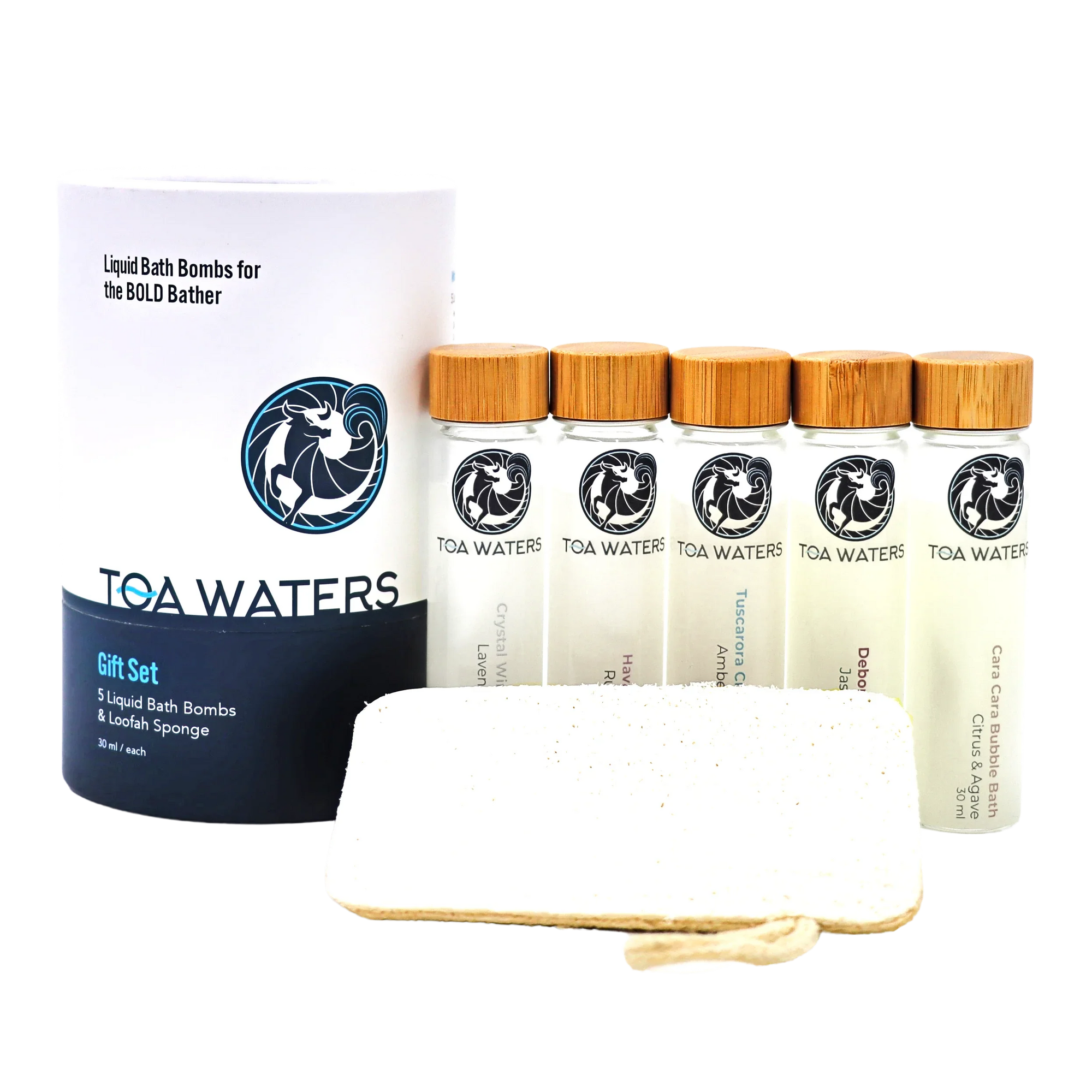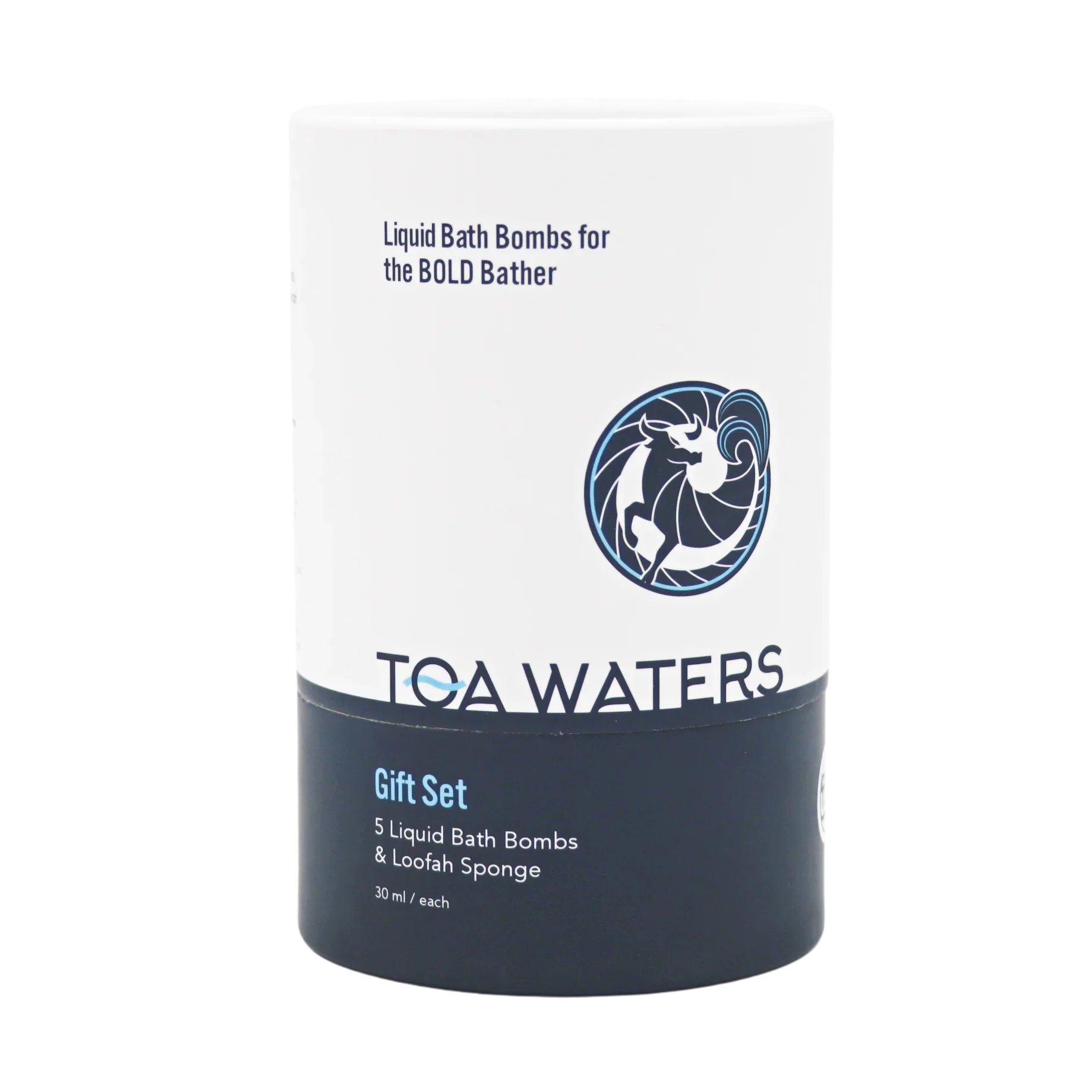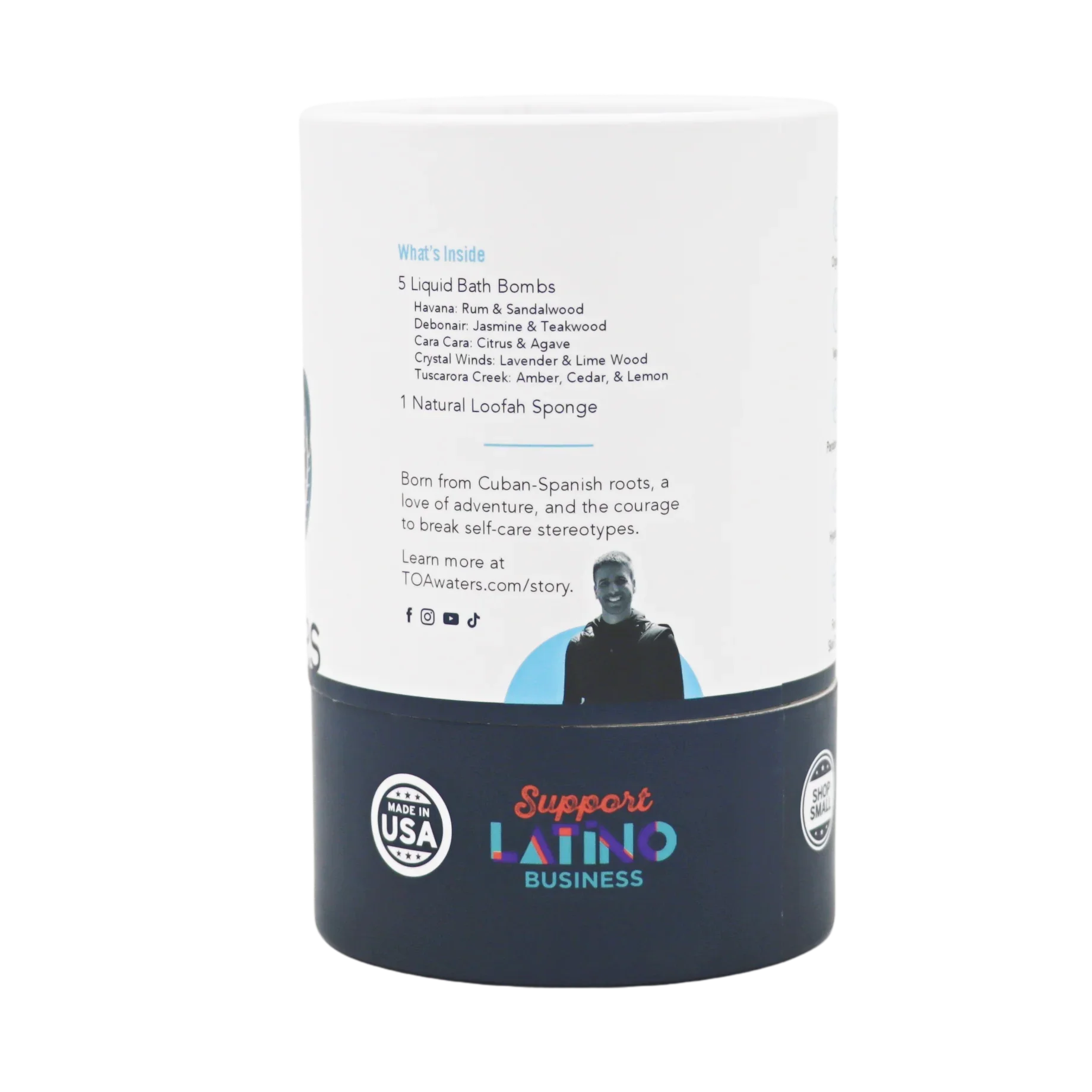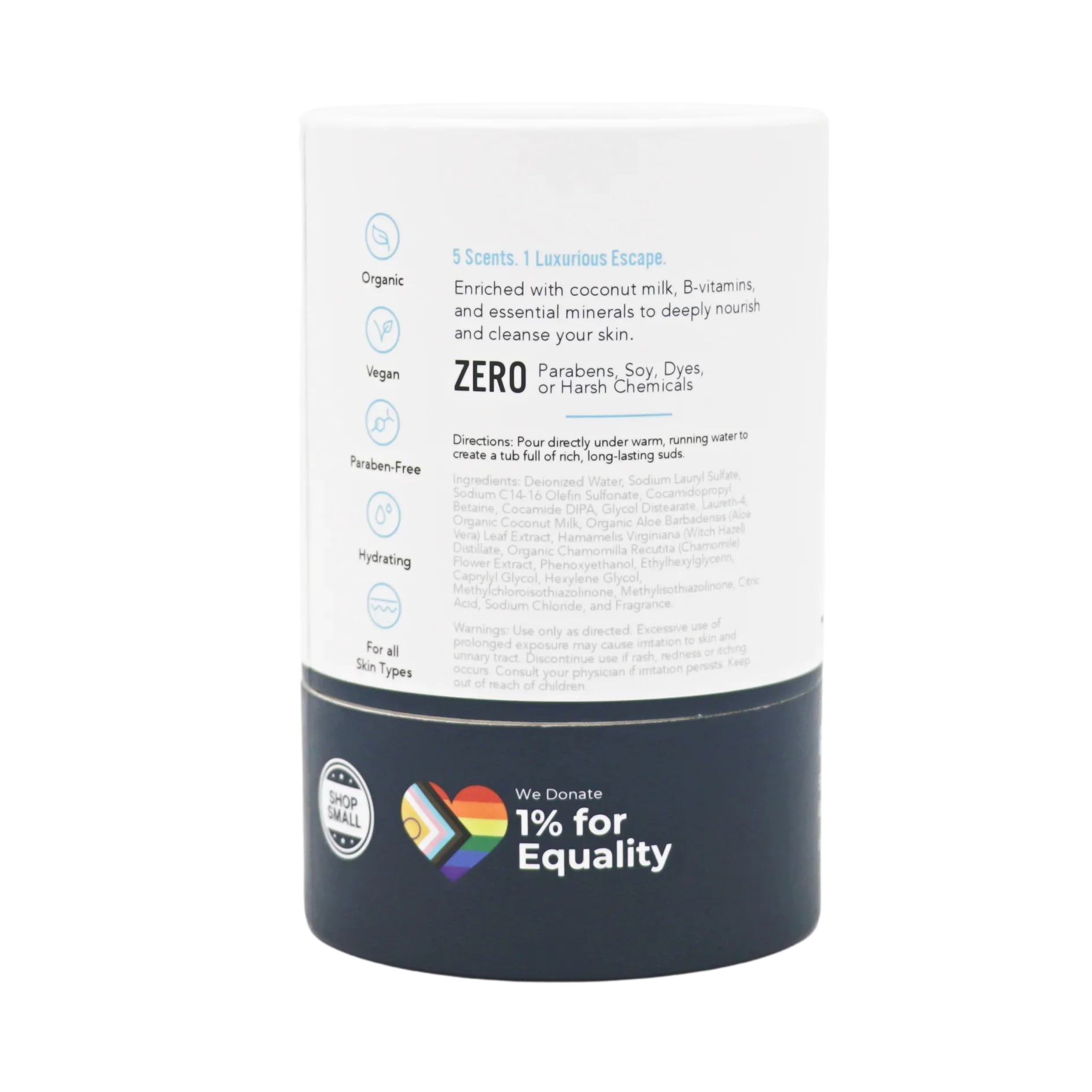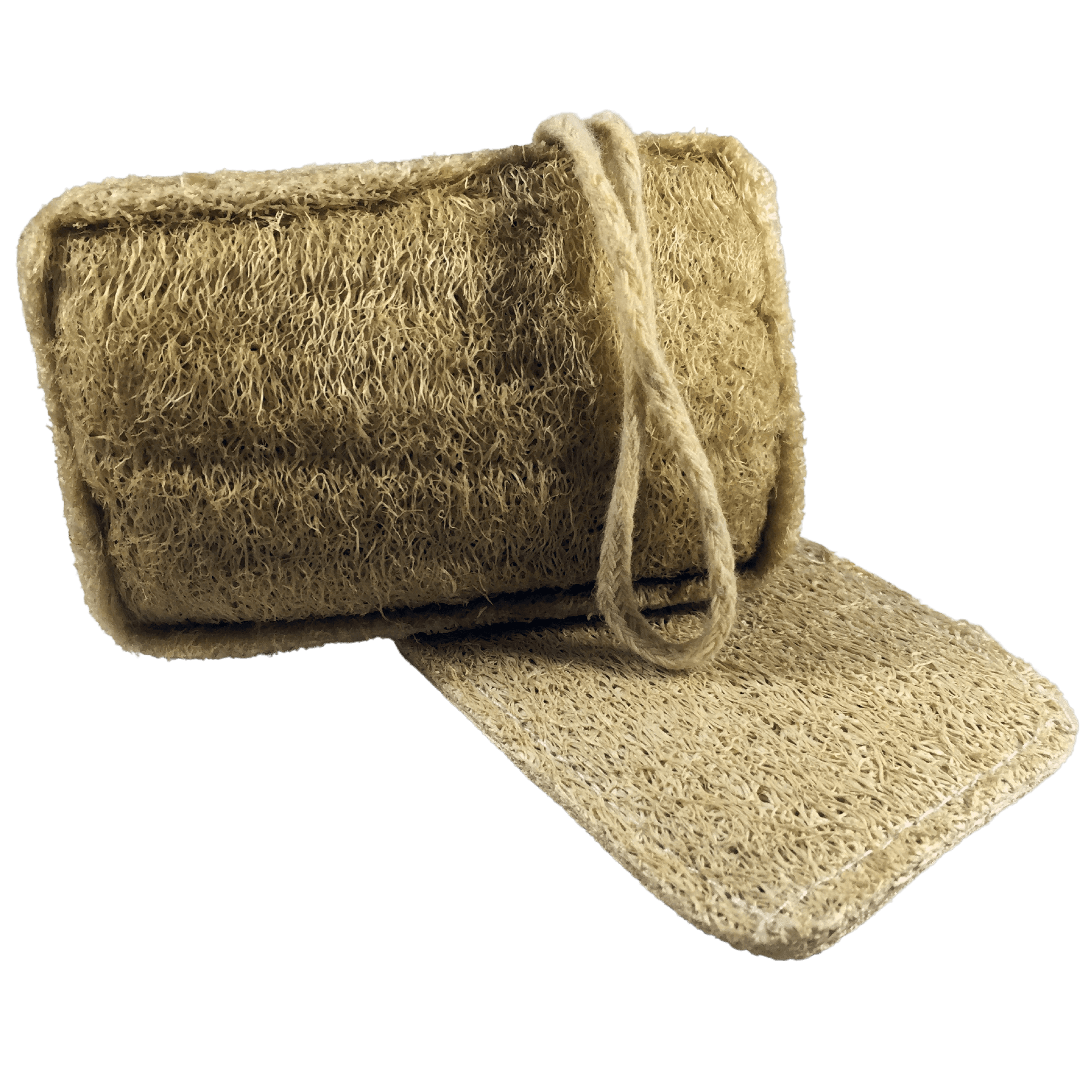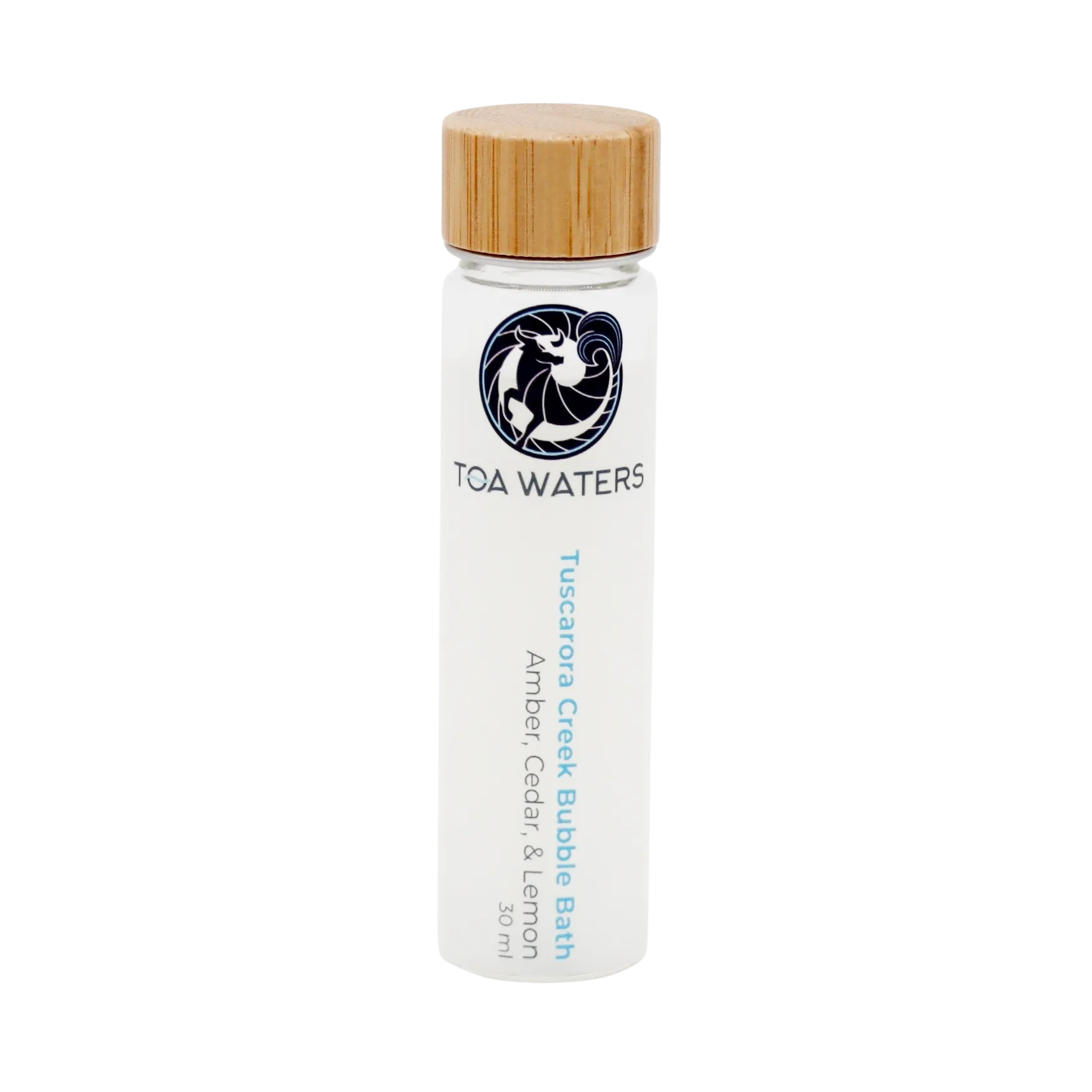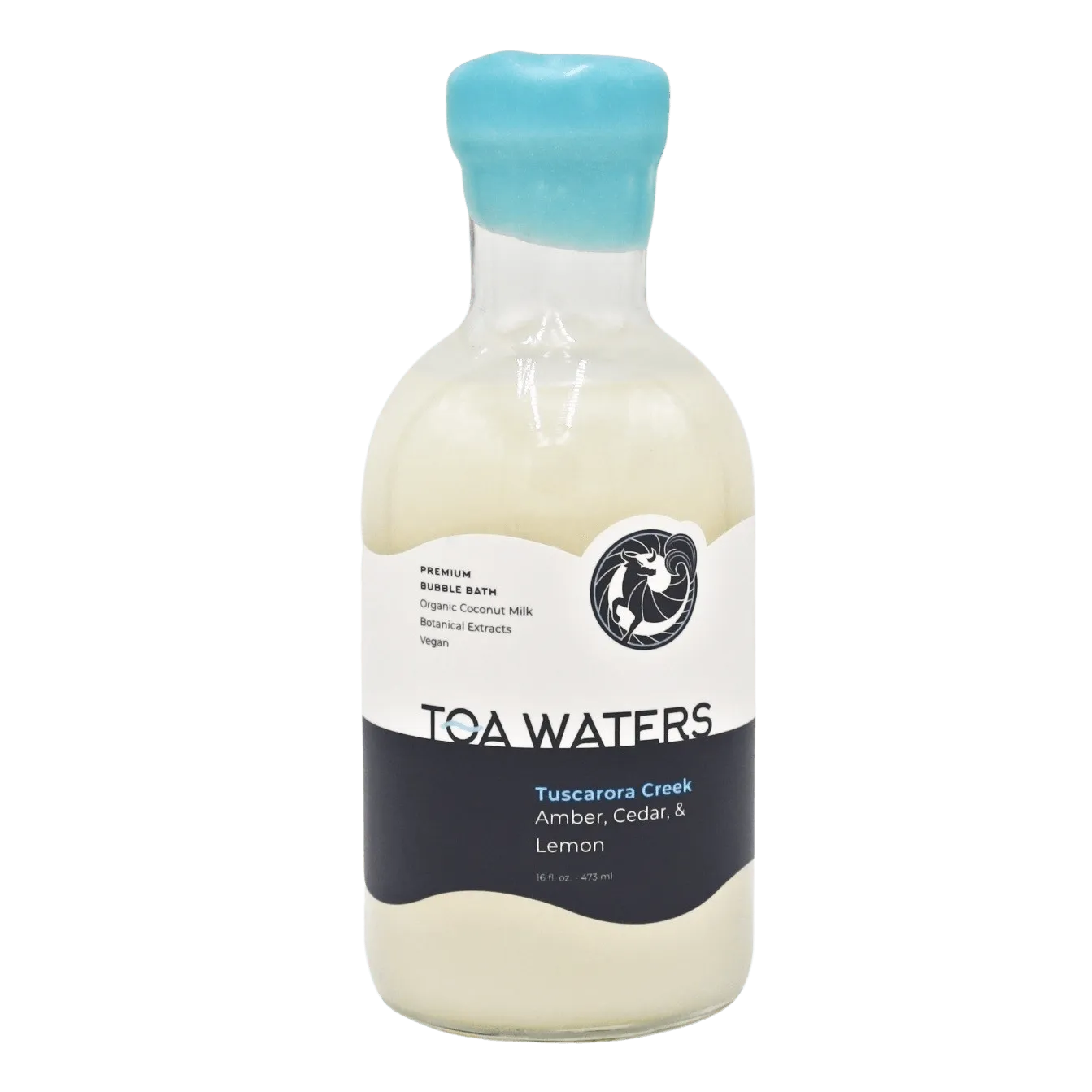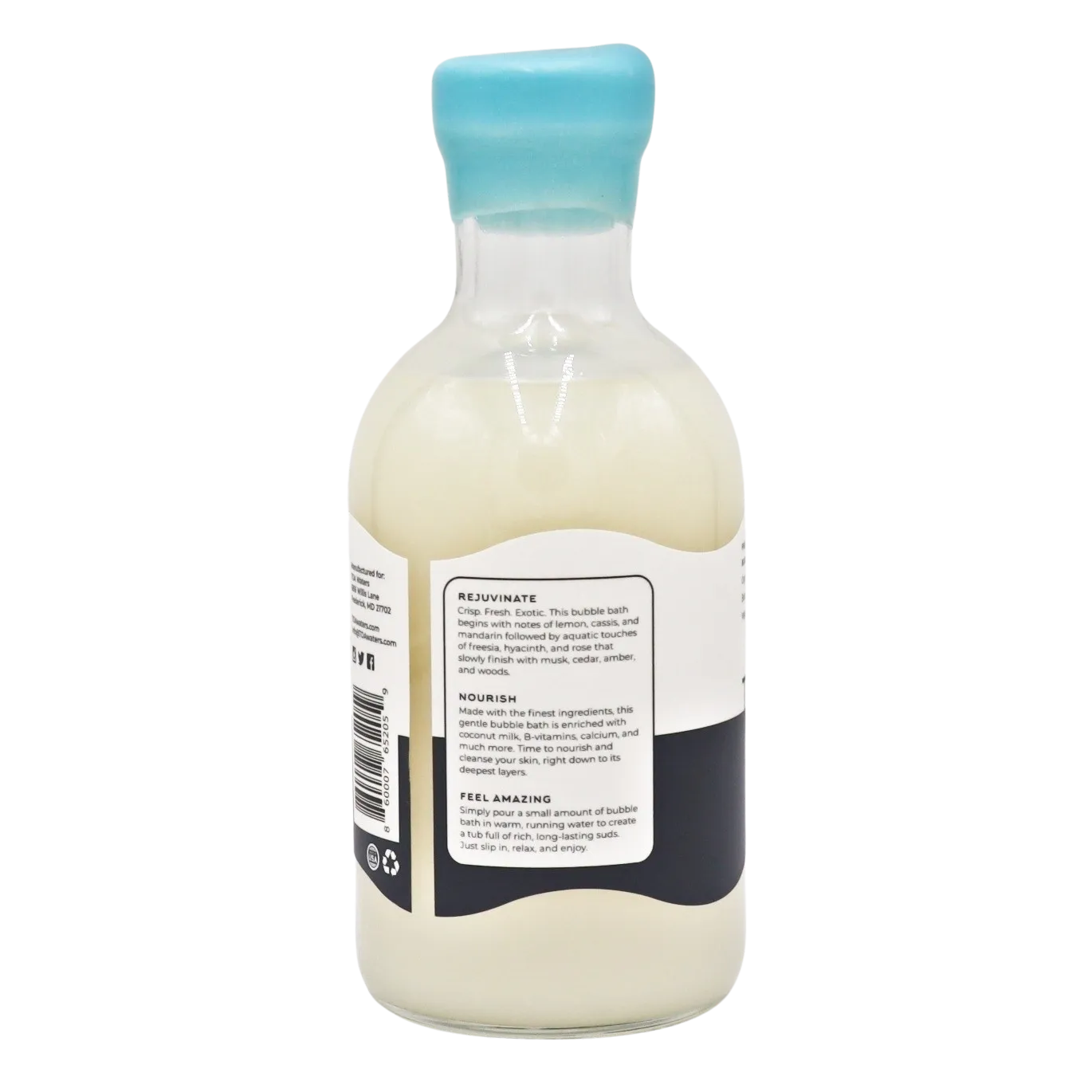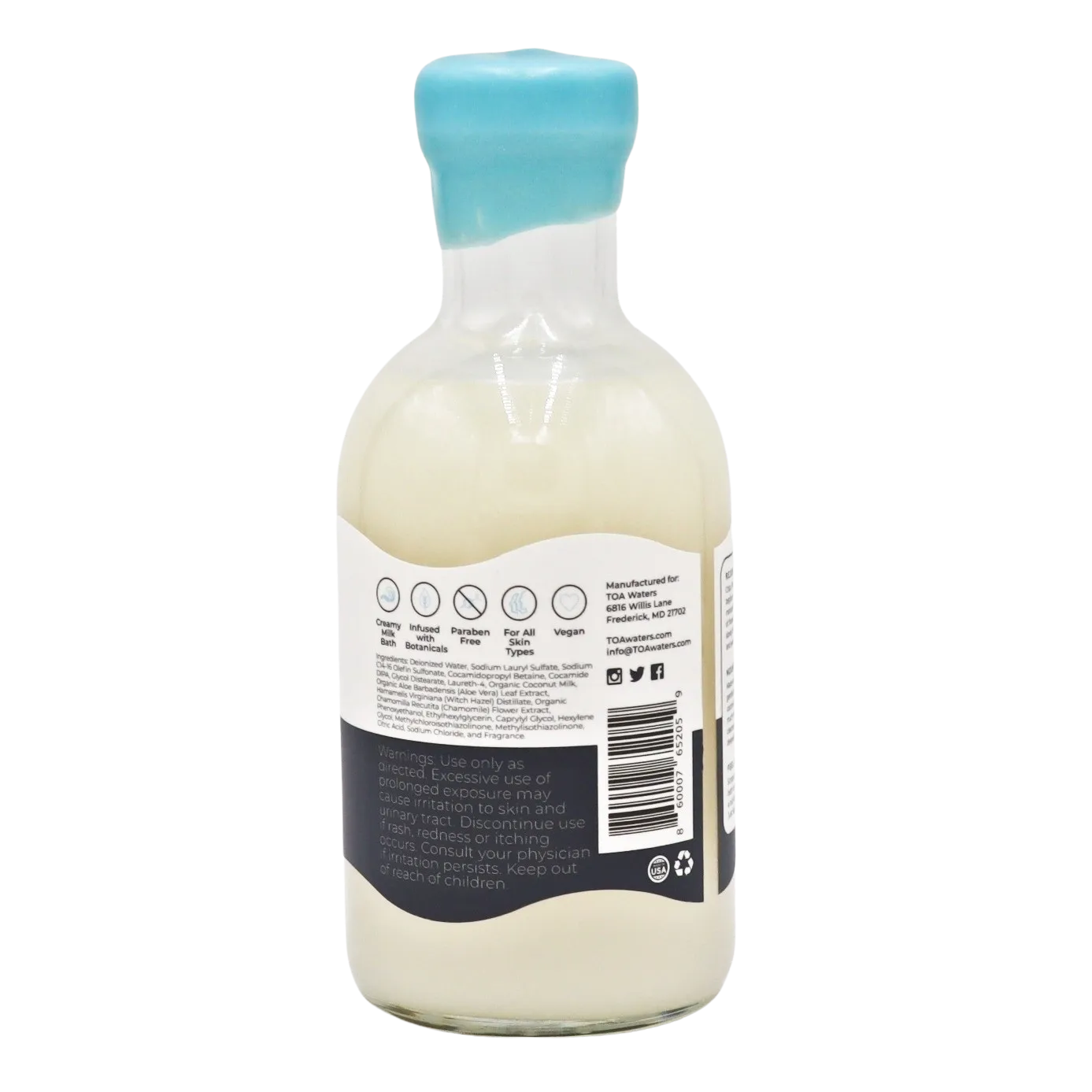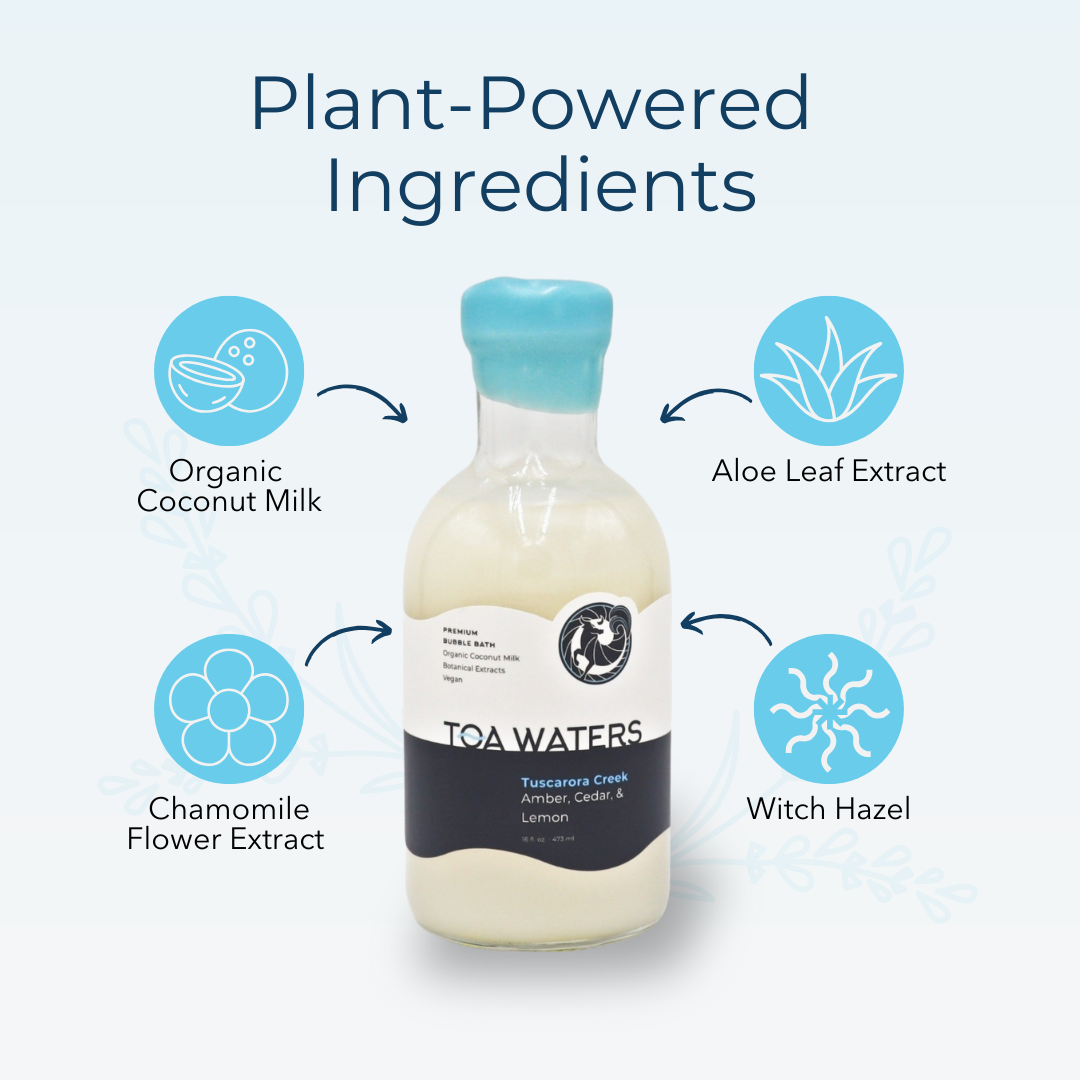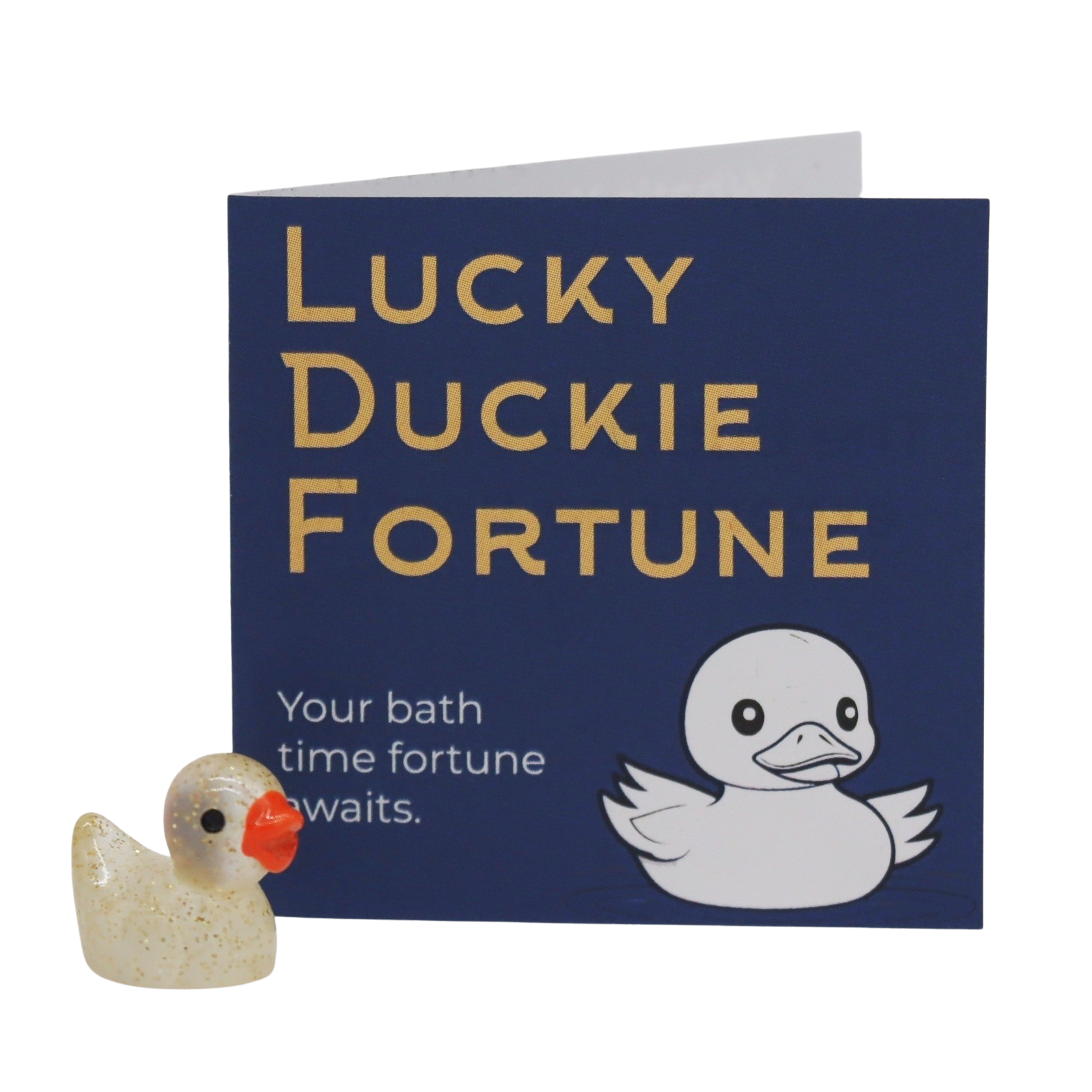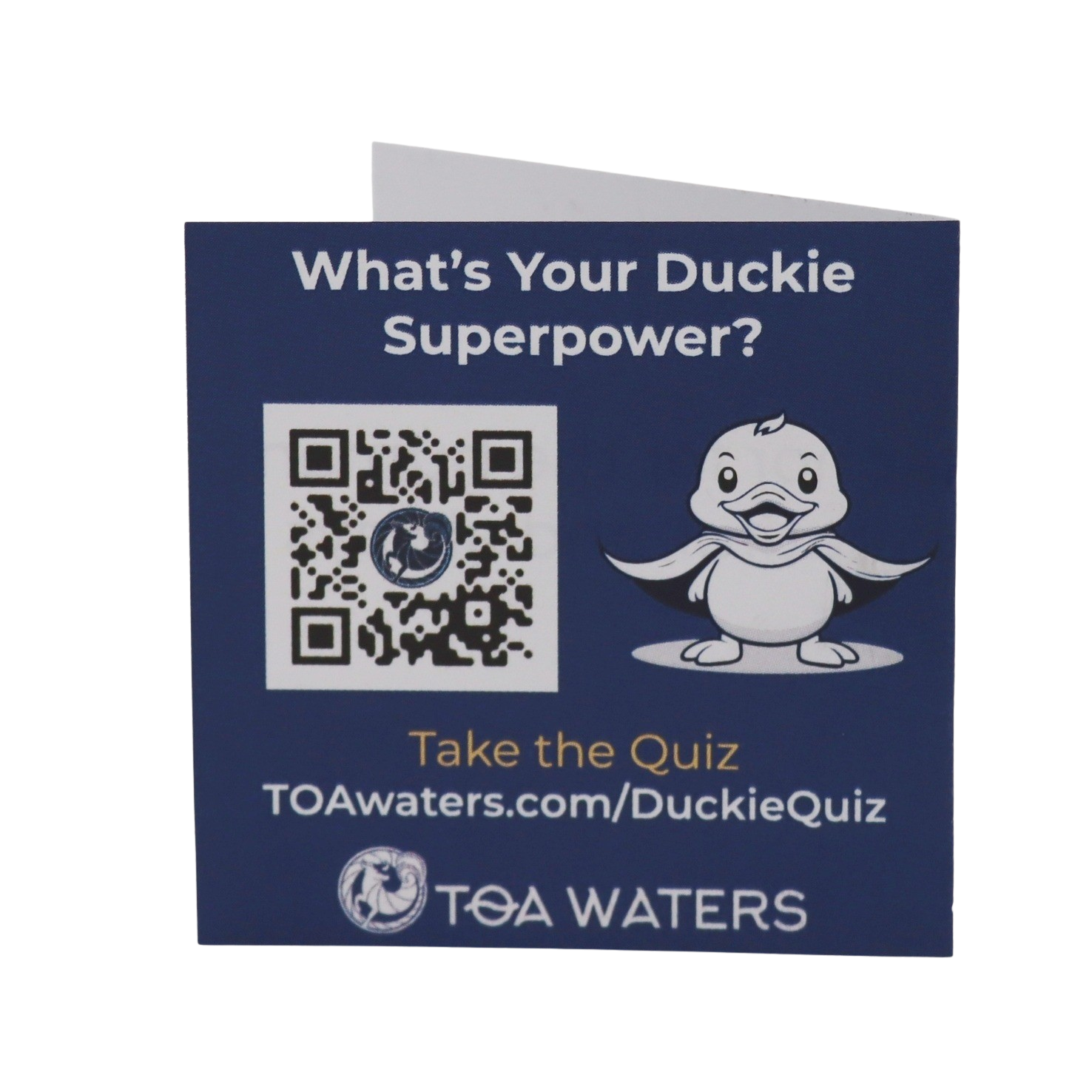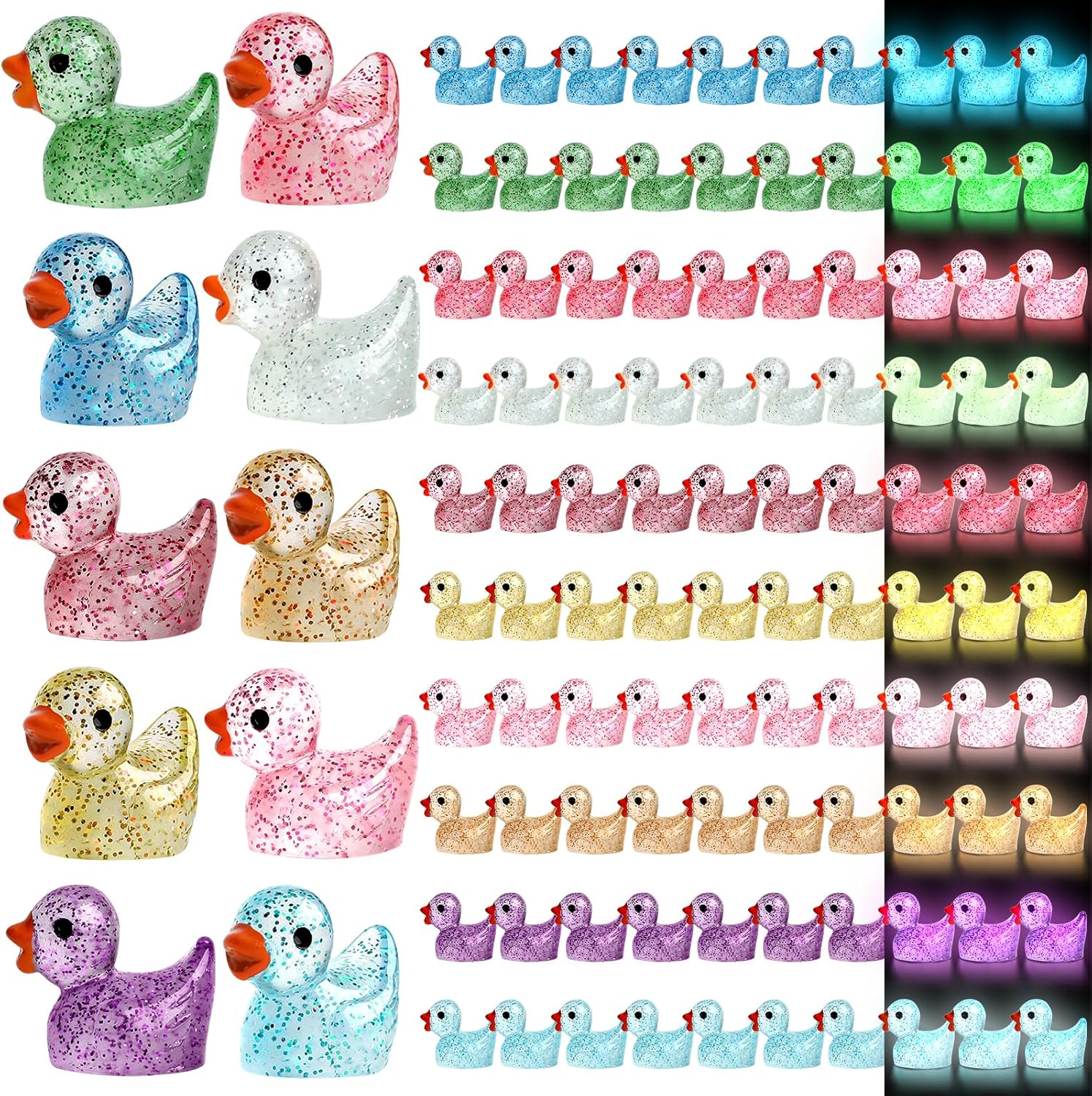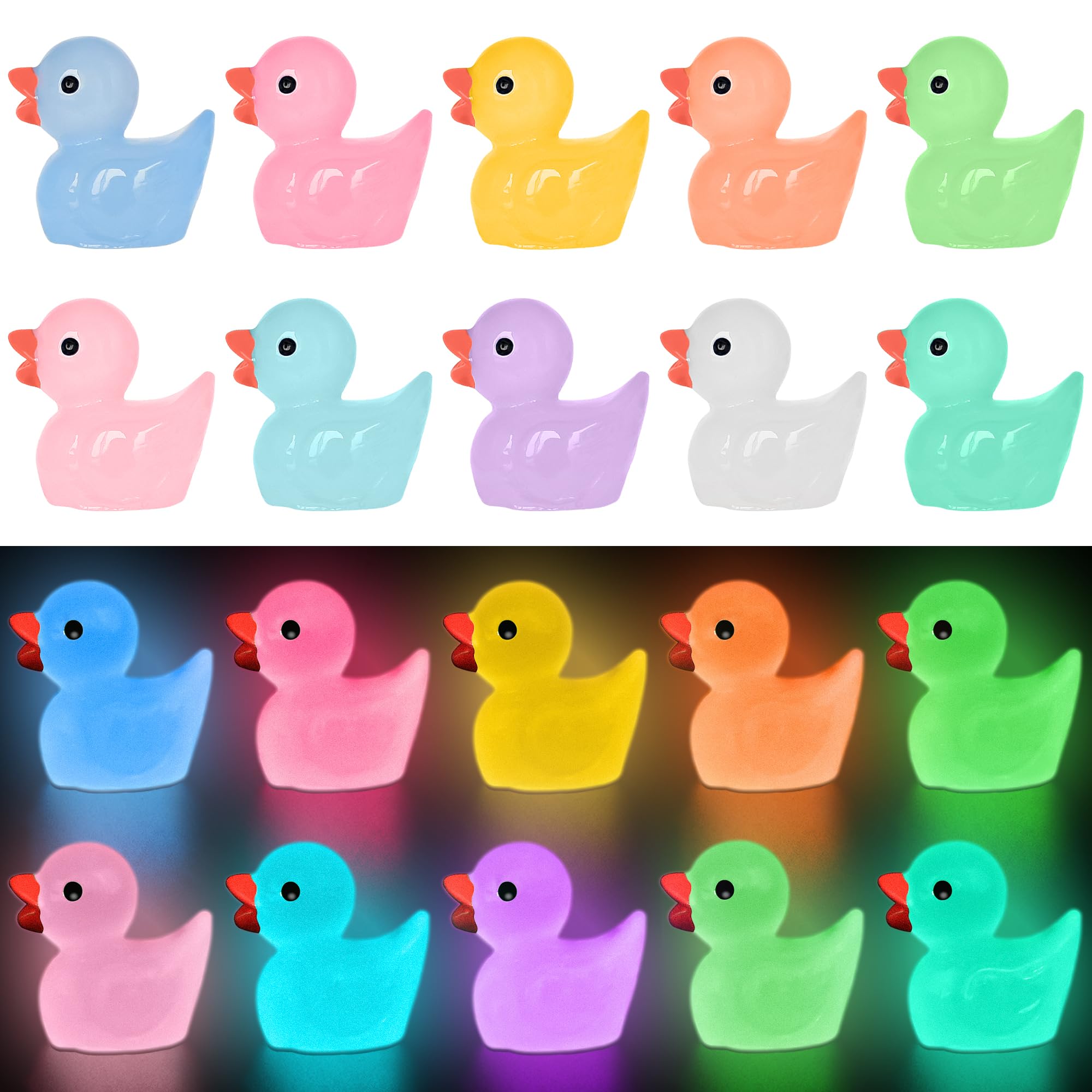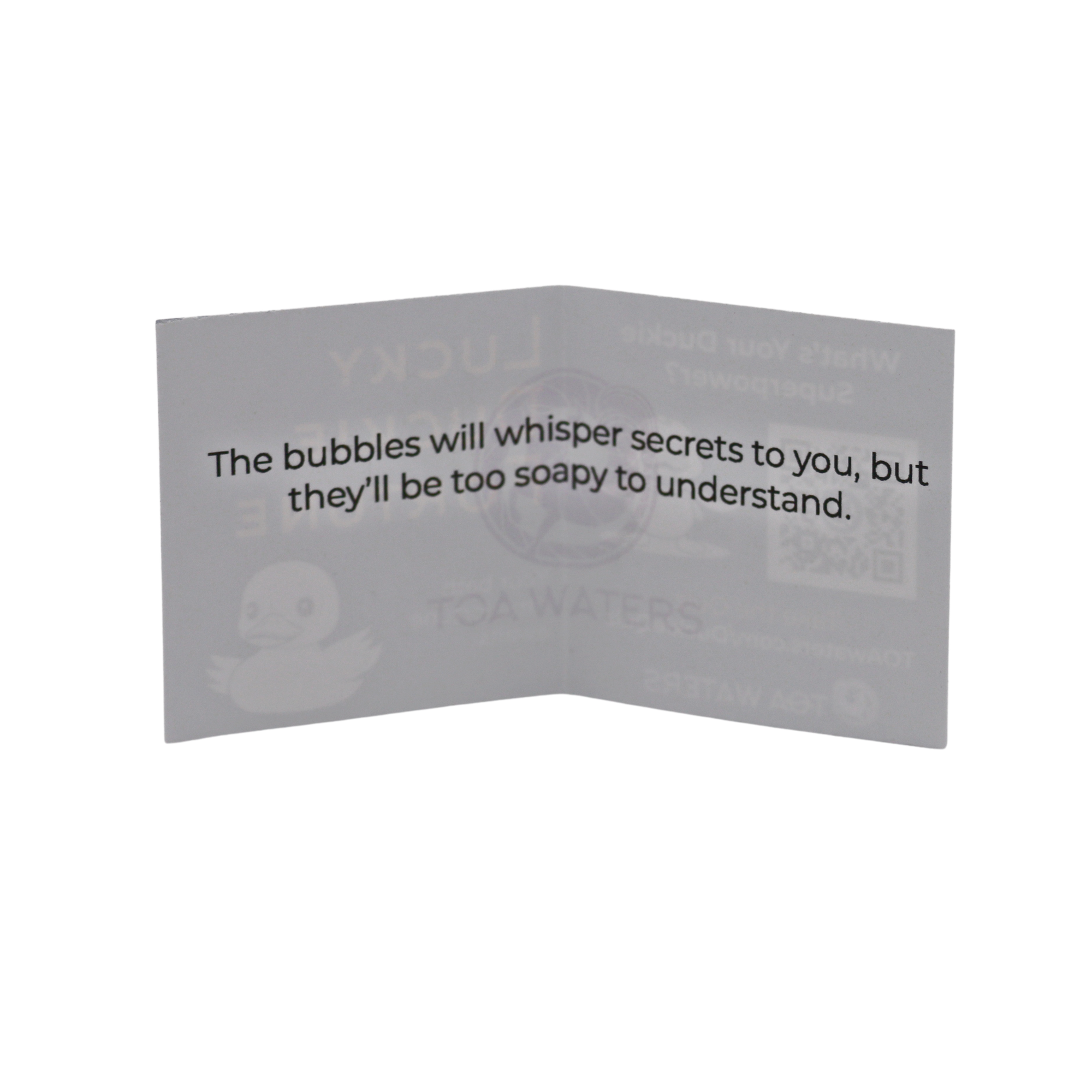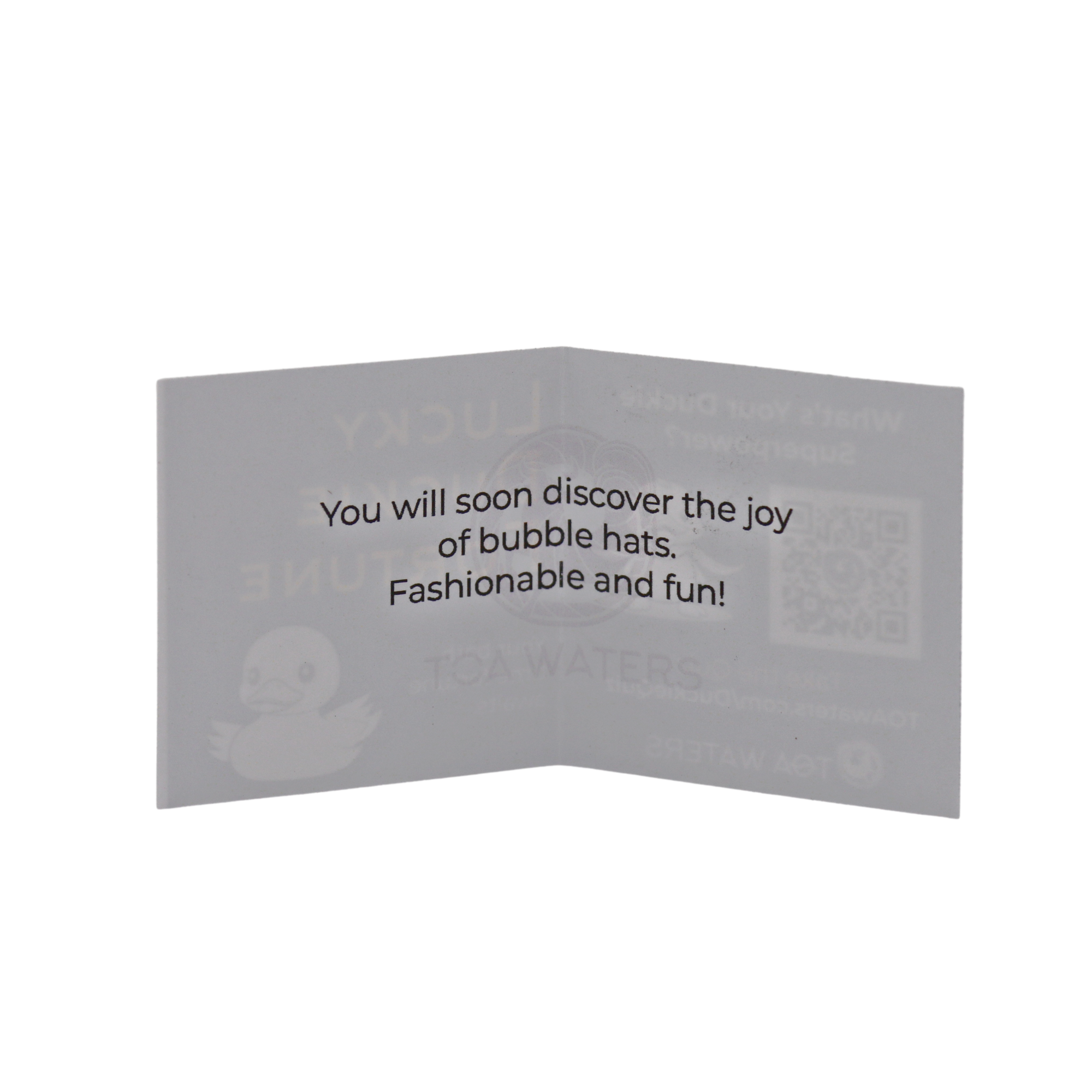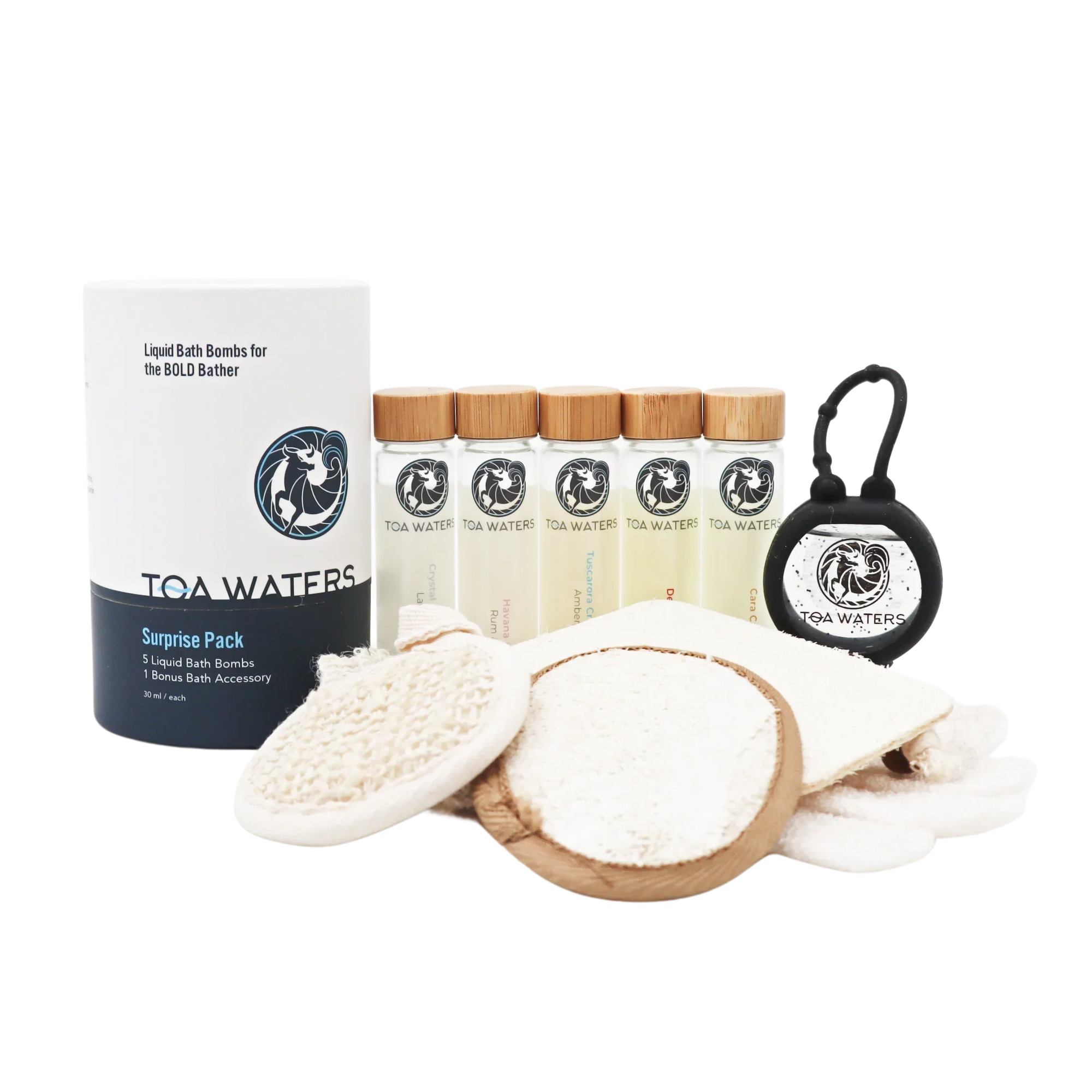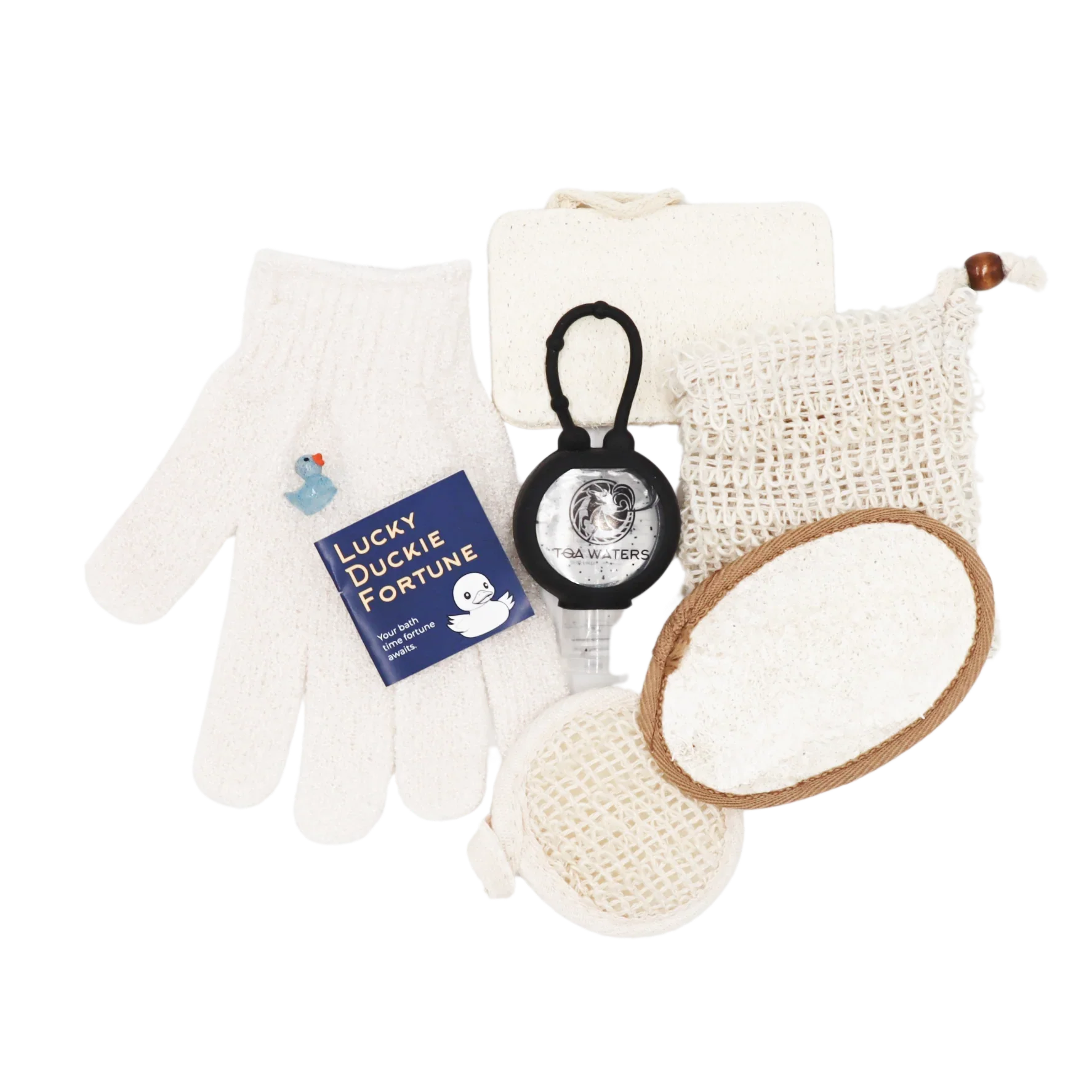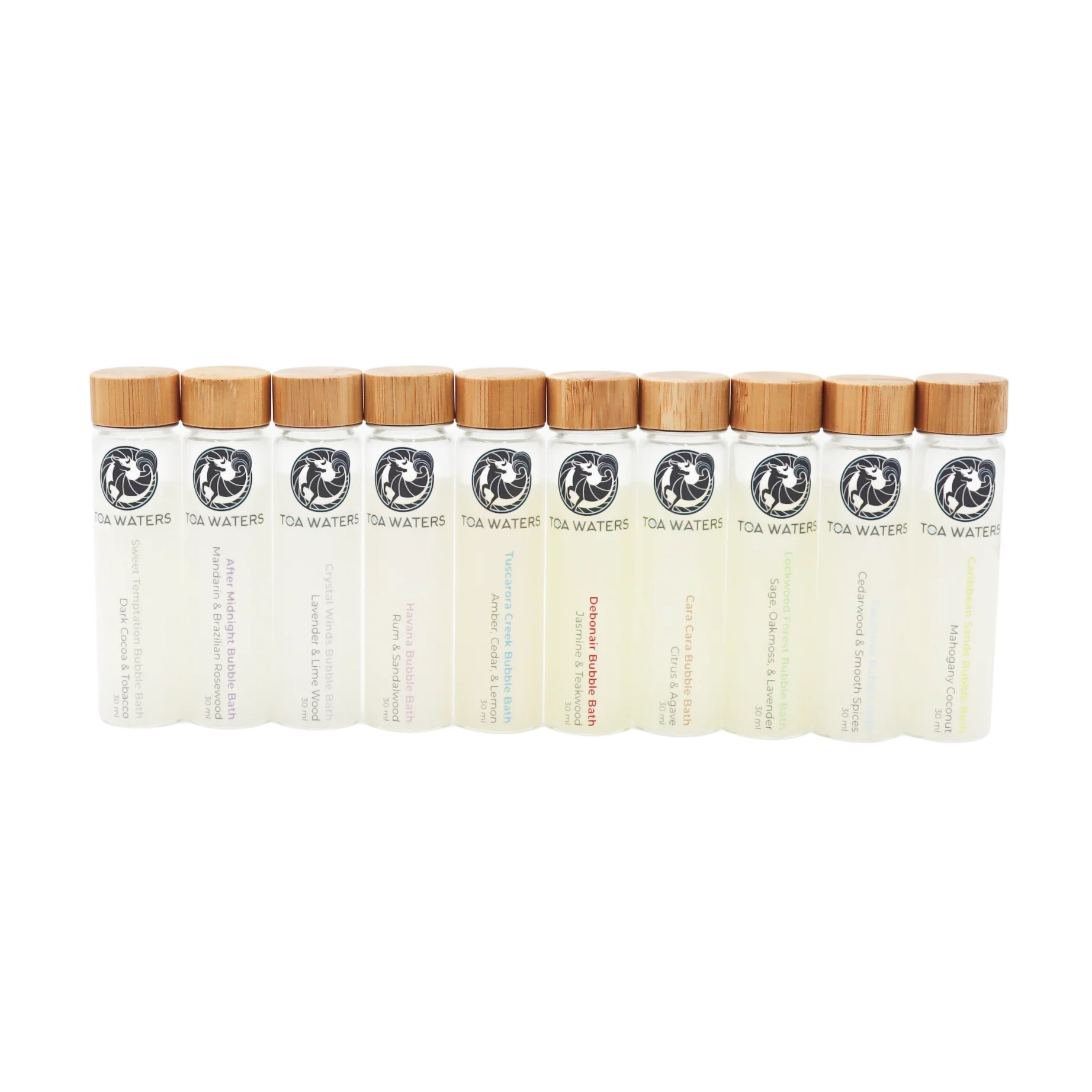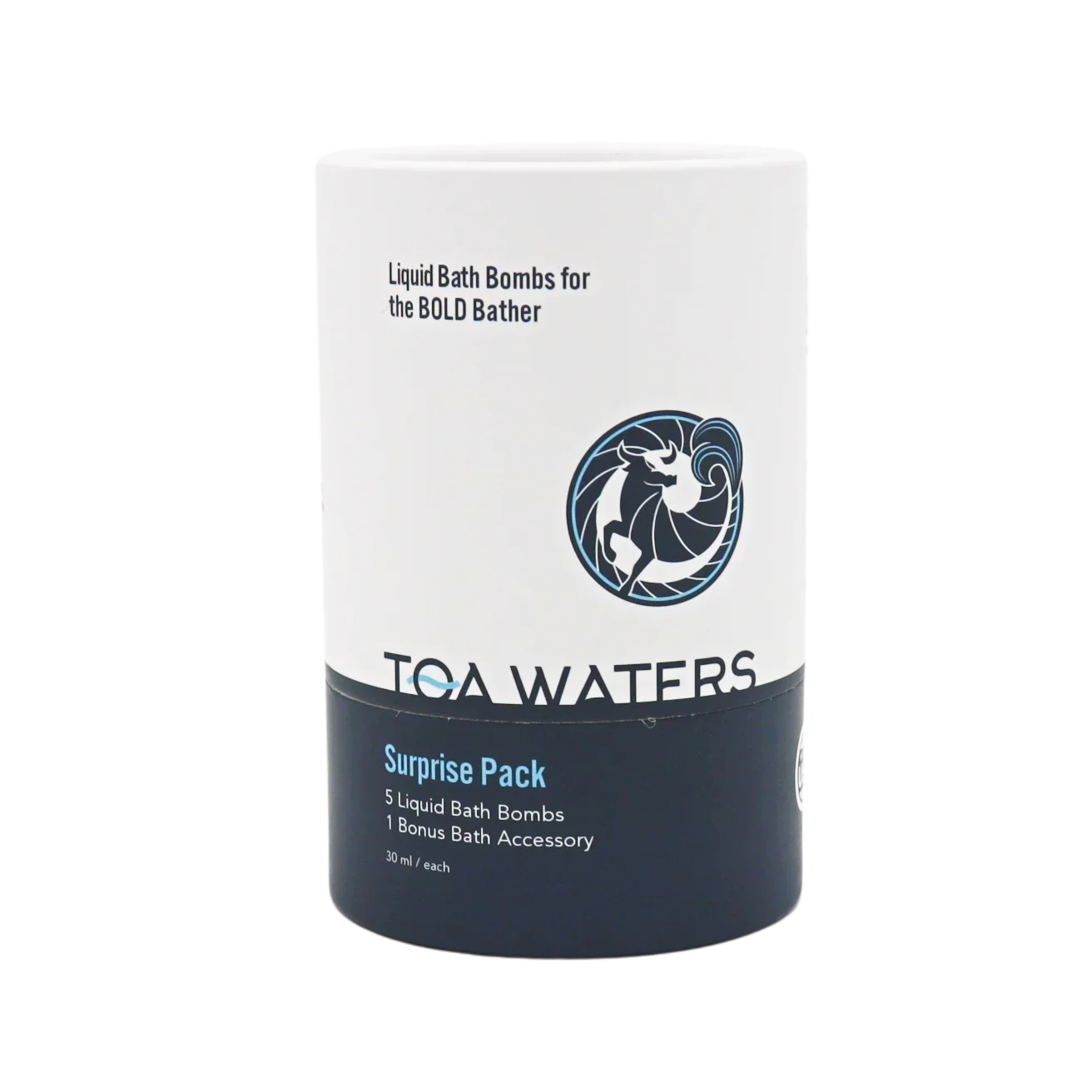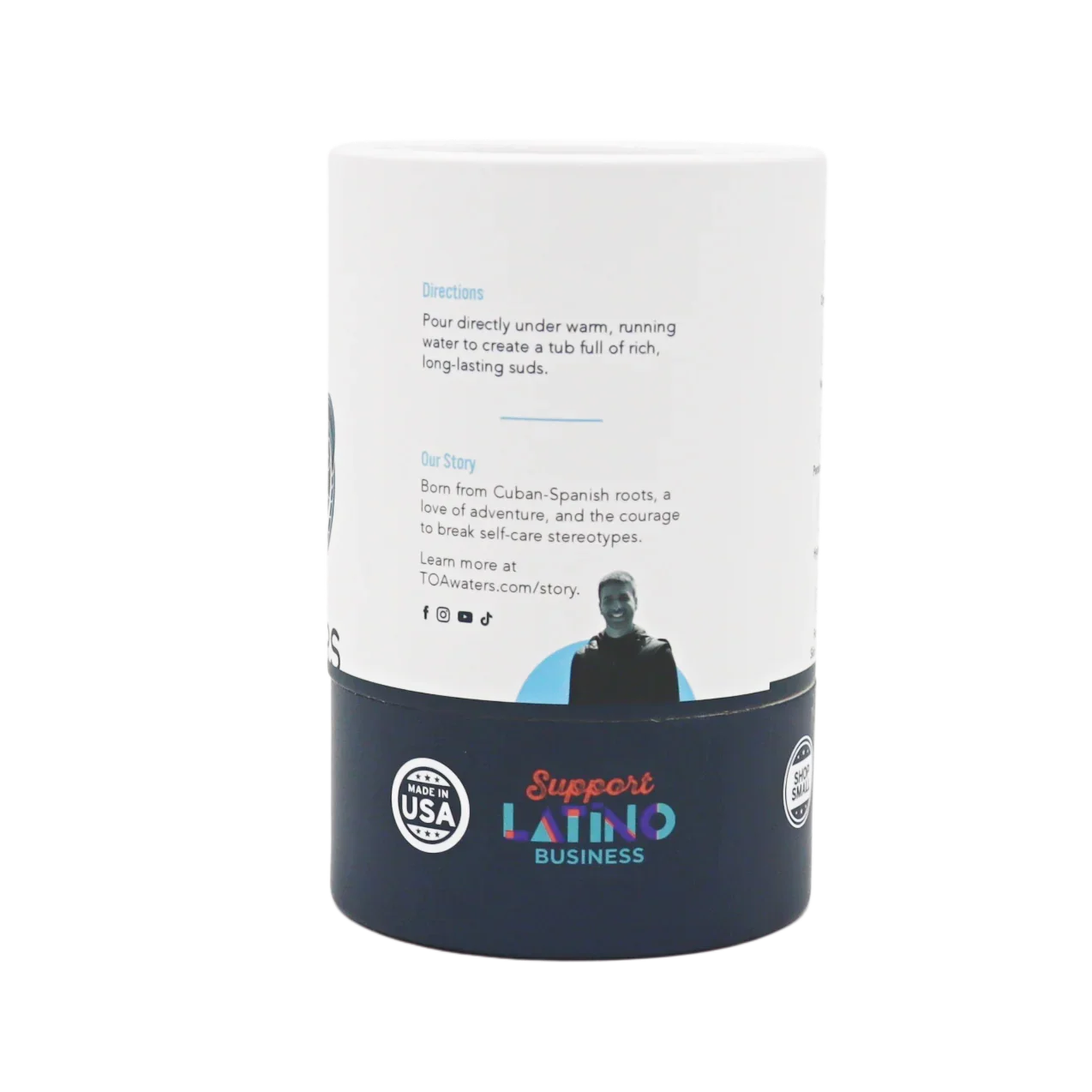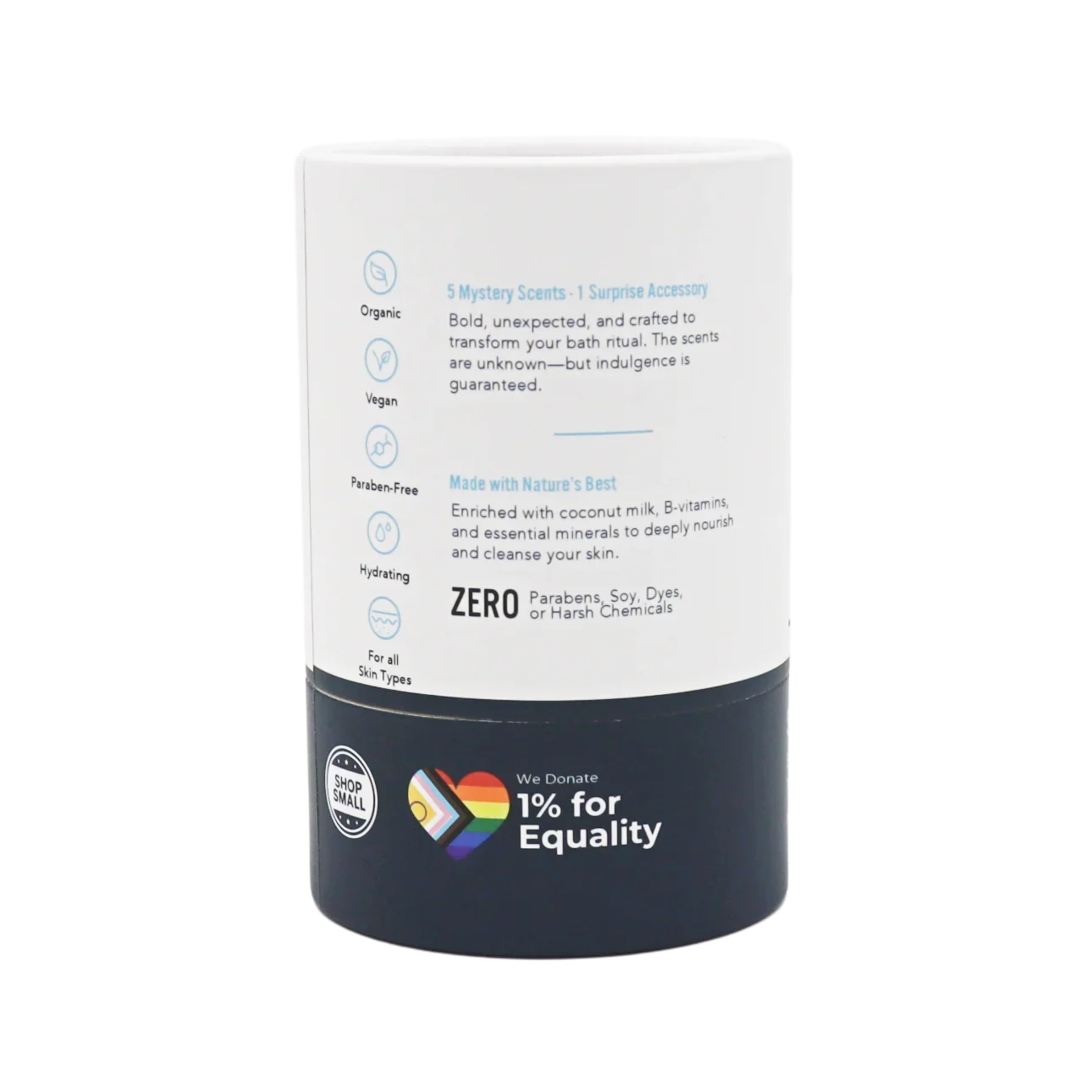Bubble baths have been a beloved self-care ritual for centuries, offering a delightful combination of relaxation, warmth, and fun. But have you ever stopped to wonder how a bubble bath actually works? What creates those fluffy bubbles, and why do they make us feel so good? Let’s explore the science behind bubble baths in a way that’s both engaging and easy to understand.
The Chemistry of Bubbles
At the heart of every bubble bath is soap, which is responsible for creating those frothy bubbles. But how exactly does soap do this? It all comes down to chemistry.
Soap molecules have two ends: one that’s hydrophilic (water-attracting) and one that’s hydrophobic (water-repelling). When you pour bubble bath solution into water, these soap molecules arrange themselves around water molecules, with the hydrophilic ends facing the water and the hydrophobic ends sticking out. This creates a thin film that traps air, forming bubbles.
Why Do Bubbles Float?
The air inside the bubbles is lighter than the surrounding water, which is why bubbles float on the surface. The soap film stabilizes the bubbles, preventing them from popping too quickly. The more soap you add, the more stable the bubbles become, and the longer they last in your bath.
The Physics of Relaxation
Now that we understand how bubbles are formed, let’s talk about why bubble baths feel so relaxing. When you step into a warm bubble bath, several scientific processes are at play that contribute to your sense of relaxation.
- Thermoregulation: Warm water helps regulate your body temperature, making you feel comfortable and relaxed. The heat dilates your blood vessels, improving circulation and reducing muscle tension. This process, known as vasodilation, also helps lower blood pressure and promotes a sense of calm.
- Buoyancy: The water in your bath provides buoyancy, which reduces the strain on your muscles and joints. This can be especially beneficial if you’re dealing with soreness or tension. The feeling of weightlessness in the water can also have a soothing effect on the mind, making it easier to let go of stress.
- Hydrotherapy: The water pressure against your skin during a bath can have therapeutic effects. This gentle pressure stimulates the skin and underlying tissues, promoting relaxation and easing muscle tension. The bubbles themselves act as a cushion, creating a soft and luxurious experience.
The Sensory Experience
Bubble baths engage multiple senses, enhancing the relaxation experience. The warm water, combined with the texture of the bubbles, creates a tactile sensation that soothes the body. The gentle sound of the bubbles popping can be calming, and the visual appeal of the bubbles adds a playful element to the bath.
Aromatherapy: Many bubble bath products are infused with essential oils like lavender, chamomile, or eucalyptus. These scents interact with your olfactory system, triggering the brain to release feel-good chemicals like serotonin and endorphins. This combination of scent and sensation can help reduce anxiety and promote better sleep.
Why Bubble Baths Help Your Skin
While bubble baths are often associated with relaxation, they can also benefit your skin—if you choose the right products. Many bubble bath formulas contain moisturizing ingredients like glycerin, aloe vera, and natural oils. These ingredients help hydrate the skin and create a protective barrier that locks in moisture.
However, it’s essential to avoid bubble baths with harsh chemicals or synthetic fragrances, which can strip your skin of its natural oils and cause dryness. Opt for gentle, sulfate-free products to ensure your skin stays soft and nourished.
Final Thoughts: The Perfect Blend of Science and Self-Care
Bubble baths aren’t just a fun way to unwind—they’re a scientifically backed method of relaxation that benefits both your body and mind. From the chemistry of bubbles to the physics of relaxation, every element of a bubble bath works together to create a soothing experience. So the next time you draw a bath, take a moment to appreciate the science behind those blissful bubbles and let yourself fully enjoy the experience.
Works Cited:
1. “How Bubble Baths Work: The Chemistry Behind the Fun.” Scientific American, 2024.
2. “The Benefits of Hydrotherapy: What You Need to Know.” Healthline, 2024.
3. “The Science of Relaxation: How Warm Water and Aromatherapy Help You Unwind.” Mayo Clinic, 2023.








